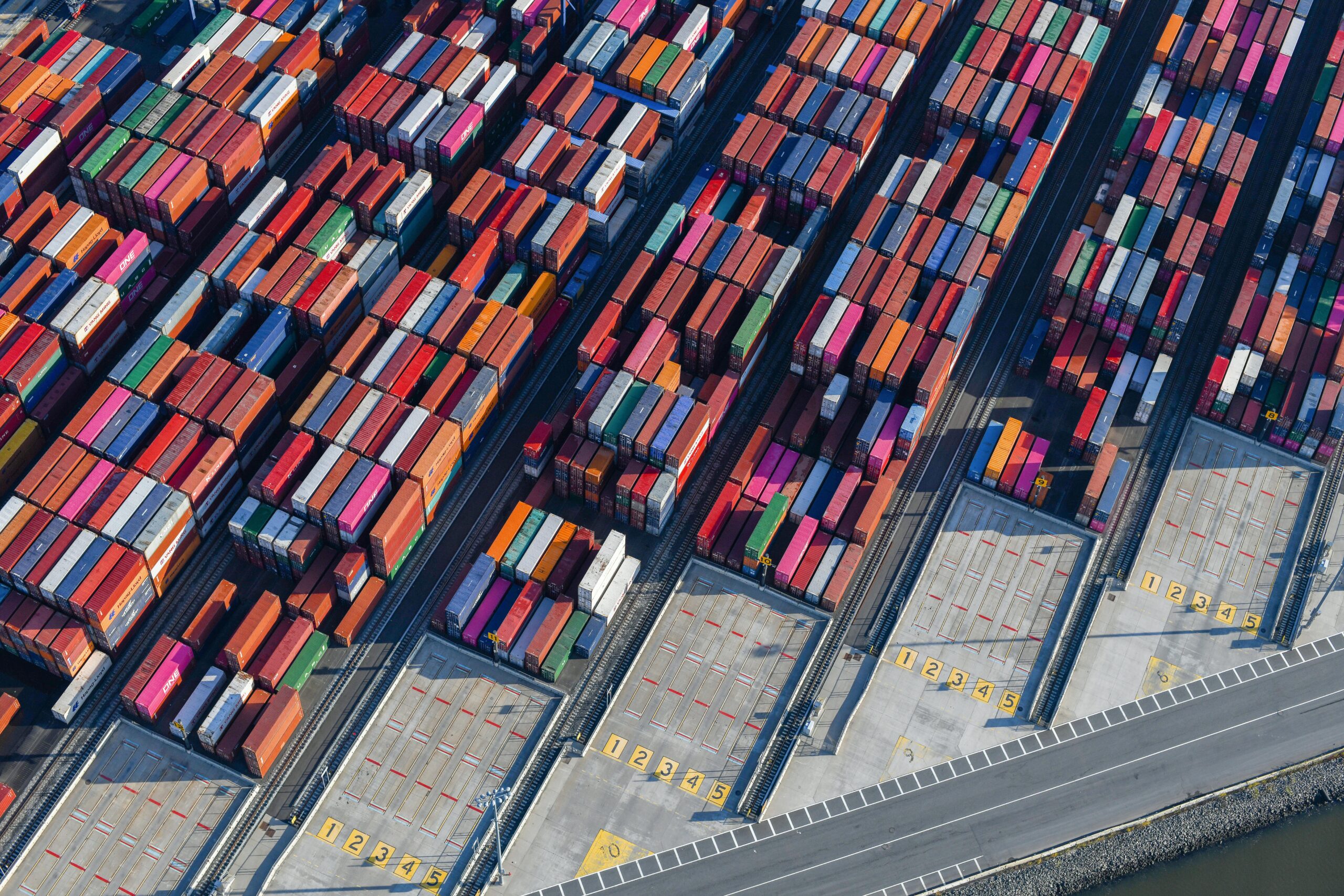Managing logistics across the EU, GCC, or other complex regions? You’re likely juggling multiple Third-Party Logistics (3PL) partners. While 3PLs are workhorses for specific tasks like transport and warehousing, relying on many disconnected providers often leads to familiar frustrations: fragmented supply chain visibility, creeping logistics costs, siloed data, and a constant feeling of reacting rather than controlling.
Does this sound familiar? If your business grapples with these issues, your current multi-3PL approach might limit your growth and efficiency. It could be time to explore the next level: Fourth-Party Logistics (4PL) orchestration. This isn’t just outsourcing more; it’s a strategic shift towards integrated management, visibility, and optimization across your entire supply chain.
5 Key Indicators You Might Be Ready for a 4PL Partnership
Here’s what to look for in your operations:
1. Escalating Complexity is Draining Your Strategic Resources
- The Problem: Your network (suppliers, customers, regions) has grown. Coordinating numerous 3PLs, navigating diverse customs rules, and managing various transport modes now consume your internal team’s time. They’re stuck “firefighting” daily issues instead of focusing on strategic improvements and optimization.
- The 4PL Solution: A 4PL acts as a central control tower, managing these complexities for you. This frees up your internal talent to focus on core business strategy, innovation, and customer relationships, while the 4PL handles the intricate logistics orchestration. Keywords: Logistics Complexity, Resource Drain, Centralized Control.
2. You Lack True End-to-End Supply Chain Visibility
- The Problem: Are you piecing together data from multiple 3PL portals, spreadsheets, and emails to understand your inventory levels, shipment statuses, or overall performance? This fragmented view hinders real-time decision-making and makes identifying bottlenecks nearly impossible.
- The 4PL Solution: A core benefit of a 4PL is providing a unified technology platform. This integrates data across all partners, offering a single source of truth and enabling genuine end-to-end visibility, predictive analytics, and proactive management. Keywords: Supply Chain Visibility, Data Integration, Control Tower, Logistics Analytics.
3. Rising Logistics Costs Aren’t Matched by Better Service
- The Problem: You might have reasonable rates with individual 3PLs, but your total logistics spend keeps climbing due to inefficiencies between them – poor consolidation, suboptimal routing, redundant processes, or emergency freight. You’re paying more without seeing proportional improvements in service levels.
- The 4PL Solution: A vendor-neutral 4PL analyzes and optimizes your entire logistics network, identifying system-wide savings and performance improvements that isolated 3PLs can’t see. They focus on the total cost of ownership (TCO) and service optimization. Keywords: Logistics Costs, Network Optimization, Total Cost of Ownership (TCO), Vendor Management.
4. Driving Strategic Alignment & Innovation is a Struggle
- The Problem: Managing multiple, often transactional, 3PL relationships makes it hard to implement consistent strategic initiatives or adopt new technologies (like automation, AI, or sustainability tracking) across your entire supply chain. Your logistics aren’t fully aligned with your broader business goals.
- The 4PL Solution: A 4PL functions as a strategic partner, understanding your business objectives and ensuring your logistics operations actively support them. They drive continuous improvement and help integrate relevant innovations across your managed network. Keywords: Strategic Alignment, Supply Chain Innovation, Logistics Strategy.
5. You Need Stronger Supply Chain Resilience & Risk Management
- The Problem: In today’s volatile world, supply chain disruptions are frequent. A fragmented 3PL network makes it difficult to identify potential risks (supplier issues, geopolitical events, capacity constraints) early and coordinate effective responses across all partners.
- The 4PL Solution: A 4PL provides a holistic view of your supply chain, enabling more robust risk identification, assessment, and mitigation planning. They can help build contingency plans and manage disruptions more effectively across the entire network. Keywords: Supply Chain Resilience, Risk Management, Logistics Network Visibility.
Moving Forward: Is 4PL the Right Strategy for You?
Recognizing these signs is the critical first step. Transitioning to a 4PL isn’t just changing vendors; it’s adopting a new operating model for your supply chain. It requires careful evaluation of your specific needs, goals, and the potential return on investment.
While a 4PL offers powerful benefits for complex operations, it is essential to choose the right partner and approach for your unique situation.
Are you seeing these indicators in your own business? Evaluating your readiness for a 4PL model can unlock significant efficiency, visibility, and strategic control improvements.
Need help assessing your current logistics setup and exploring whether a 4PL strategy makes sense for your growth? As a specialist in optimizing both supply chains and their digital footprint, I can help. Feel free to reach out for an initial consultation.


